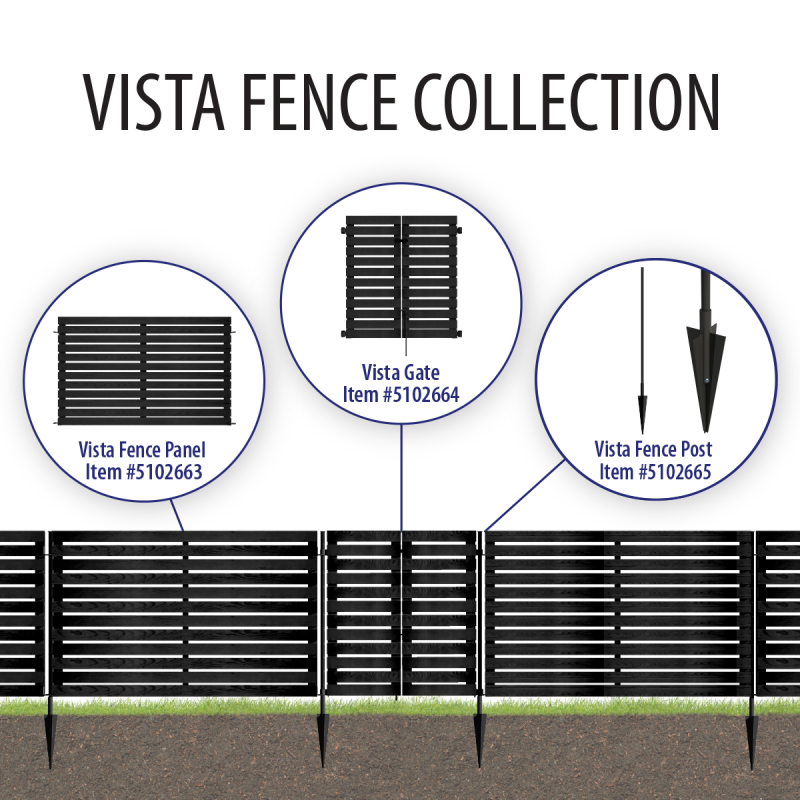Aluminum Wire Options for Creative Sculpting and Art Projects
11月 . 08, 2024 00:32
The Versatility of Aluminum Wire in Sculpting
Sculpting is an art form that transcends cultural and historical boundaries, allowing artists to express their creativity in three dimensions. In recent years, aluminum wire has emerged as an innovative and versatile medium for sculptors, offering unique advantages that traditional materials like clay, stone, or bronze may not provide. This article explores the various aspects of aluminum wire for sculpting, including its properties, benefits, techniques, and applications.
Properties of Aluminum Wire
Aluminum wire is a lightweight, malleable material that comes in various gauges, making it suitable for different sculpting techniques. The most common forms of aluminum wire are soft and hard. Soft aluminum is great for delicate work due to its pliability, while hard aluminum offers greater resistance and structural integrity for larger pieces. Moreover, aluminum is resistant to corrosion, ensuring that sculptures made from this material can withstand the test of time, even when exposed to the elements.
One of the most compelling features of aluminum wire is its ability to hold shape. Once it has been bent or twisted, it retains the form without needing additional support. This characteristic allows artists to experiment freely with complex designs and intricate details, making aluminum wire a favorite among contemporary sculptors.
Benefits of Using Aluminum Wire
One of the primary advantages of aluminum wire is its affordability. Compared to traditional sculpting materials, aluminum wire is less expensive and readily available in most art supply stores. This accessibility not only benefits professional artists but also encourages hobbyists and students to explore the medium without breaking the bank.
Aluminum wire is also lightweight, making it easier to handle and transport sculptures. Artists can create large-scale works without the logistical challenges posed by heavier materials. Additionally, the lightweight nature of aluminum allows for dynamic sculpting options, such as mobile designs that can sway or shift in response to the environment.
Another significant benefit is the environmental impact. As a recyclable material, aluminum wire can be repurposed and reused, making it an eco-friendly option for sustainable art practices. Artists can use scrap aluminum wire to create unique pieces, thereby minimizing waste.
aluminum wire for sculpting

Sculpting Techniques with Aluminum Wire
Sculptors employ various techniques when working with aluminum wire. One popular method is the armature technique, where artists create a framework or skeleton to support other materials such as clay, fabric, or paper. This approach not only enhances the stability of the sculpture but also allows for intricate layering and textural effects.
Another technique is wire-wrapping, where artists intricately coil and twist wire around a structure to build up shapes and forms. This method grants artists complete control over the detailing process, enabling them to achieve maximum precision in their work. The final product often showcases a beautiful interplay between light and shadow, adding visual depth to the sculpture.
Moreover, wire weaving is a technique that involves interlacing multiple strands of aluminum wire to create complex patterns and textures. This technique can be particularly effective in creating organic shapes, imitating forms found in nature, such as plants or animals.
Applications in Contemporary Art
In contemporary art, aluminum wire is commonly used to create abstract sculptures that challenge traditional forms. The versatility of aluminum allows artists to push the boundaries of their creativity, leading to innovative installations that can be both thought-provoking and visually stunning.
Aluminum wire is also used in educational settings, as it is safe and easy to manipulate, making it ideal for workshops and art classes. Many instructors introduce students to aluminum wire sculpting as part of a broader curriculum, helping them develop foundational skills in three-dimensional design.
In conclusion, aluminum wire represents a powerful tool in the sculptor's arsenal, offering numerous benefits that empower artists to explore their creative potential. With its lightweight nature, affordability, and versatility, aluminum wire has cemented its place in contemporary sculpting practices. As artists continue to experiment with this dynamic medium, the art world can expect to see an exciting evolution of sculpture that blends tradition with innovation. Through the lens of aluminum wire, the possibilities in sculpting are indeed limitless.




















